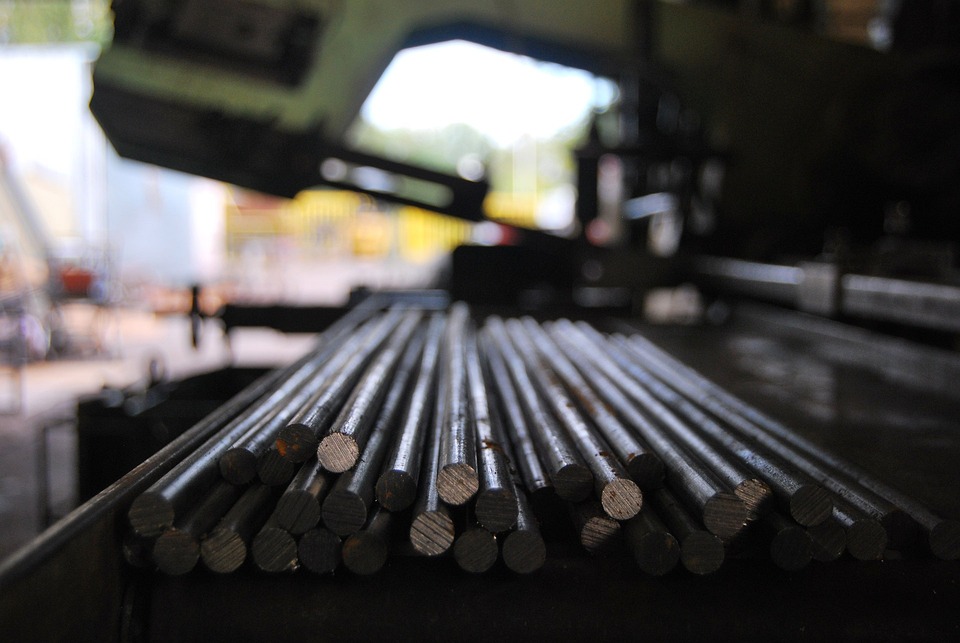The Role of Automation in Modern Production Processes
In recent years, automation has become an essential component of modern production processes in various industries. From automotive manufacturing to food processing, automation has revolutionized the way goods are produced, leading to increased efficiency, accuracy, and productivity. In this article, we will explore the role of automation in modern production processes and how it is shaping the future of manufacturing.
Benefits of Automation in Production Processes
There are several benefits of implementing automation in production processes. One of the main advantages is increased efficiency. Automation allows for tasks to be completed at a much faster pace than manual labor, leading to higher productivity and reduced production times. This, in turn, translates to lower costs and higher profits for companies.
Automation also results in improved accuracy and precision. Robots and automated machines are programmed to perform tasks with a high degree of consistency and accuracy, eliminating human errors that can occur with manual labor. This results in higher quality products that meet strict standards and customer expectations.
Another key benefit of automation is the ability to operate 24/7 without the need for breaks or rest. This continuous operation ensures that production processes run smoothly and consistently, maximizing output and reducing downtime. Additionally, automation reduces the risk of workplace injuries and accidents, as dangerous and repetitive tasks can be performed by machines instead of humans.
Types of Automation in Production Processes
There are several types of automation that are commonly used in modern production processes. These include robotic automation, process automation, and machine vision systems.
Robotic automation involves the use of robots to perform tasks that are typically done by humans. These robots are programmed to perform specific actions such as welding, painting, or assembly, and can work alongside human workers to streamline production processes.
Process automation involves the use of software to automate repetitive tasks and workflows. This can include tasks such as data entry, inventory management, and order processing. Process automation helps to streamline operations, reduce human error, and improve efficiency.
Machine vision systems use cameras and sensors to monitor and control production processes. These systems can inspect products for defects, track production lines, and provide real-time data on production performance. Machine vision systems help to ensure quality control and improve overall production efficiency.
The Future of Automation in Production Processes
As technology continues to advance, the role of automation in production processes will only continue to grow. Industry 4.0, also known as the fourth industrial revolution, is driving the adoption of smart manufacturing technologies such as IoT, AI, and cloud computing. These technologies enable interconnected systems that can communicate and collaborate with each other, leading to more efficient and flexible production processes.
Advancements in robotics and artificial intelligence are also shaping the future of automation in manufacturing. Collaborative robots, or cobots, are becoming more popular in production environments, as they can work alongside human workers safely and efficiently. These cobots are easy to program and can adapt to changing production needs, making them ideal for small-batch or custom manufacturing.
Another emerging trend in automation is the use of 3D printing technology. Additive manufacturing allows for rapid prototyping and customization of products, reducing lead times and production costs. 3D printing can also be used to create complex geometries and lightweight structures that are not possible with traditional manufacturing methods.
Challenges of Automation in Production Processes
While automation offers many benefits to production processes, there are also challenges that need to be addressed. One of the main challenges is the cost of implementing automation systems. Investing in robotics, software, and other automation technologies can be expensive, especially for small and medium-sized businesses.
Another challenge is the impact of automation on the workforce. As more tasks are automated, there is a concern about job displacement and the need for workers to adapt to new roles and skillsets. Companies need to invest in training and education programs to ensure that employees are prepared for the changing nature of work in an automated environment.
Cybersecurity is also a growing concern in automated production processes. As systems become more interconnected and reliant on data, the risk of cyberattacks and data breaches increases. Companies need to implement robust cybersecurity measures to protect their production systems and sensitive information.
Conclusion
Automation is transforming modern production processes by increasing efficiency, accuracy, and productivity. By adopting robotics, process automation, and machine vision systems, companies can streamline operations, reduce costs, and improve the quality of their products. As technology continues to advance, the future of automation in manufacturing looks promising, with smart technologies such as IoT, AI, and 3D printing driving innovation and growth.
While automation presents challenges such as cost, workforce displacement, and cybersecurity risks, companies that embrace automation and invest in training and security measures will be well-positioned to succeed in the increasingly automated manufacturing landscape.
Overall, the role of automation in modern production processes is essential for companies to stay competitive, meet customer demands, and drive innovation in the manufacturing industry.
